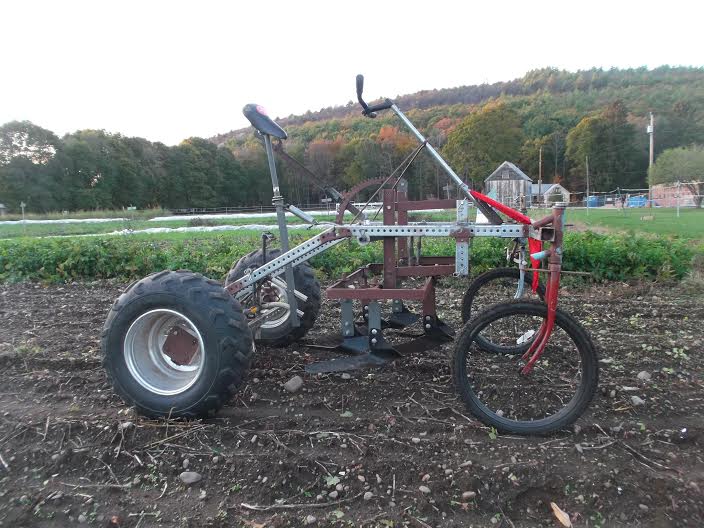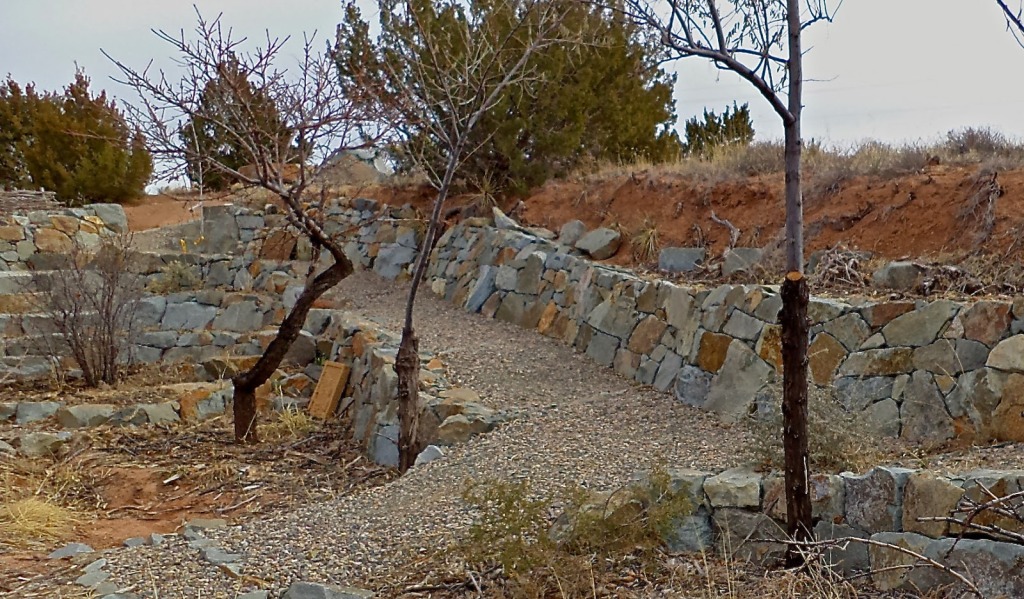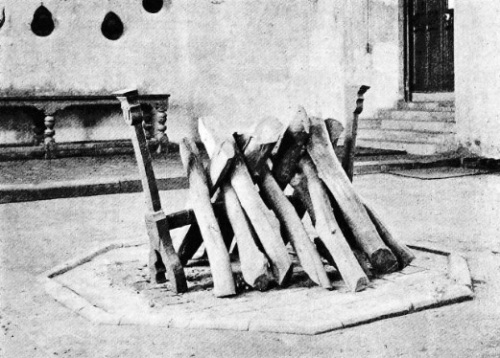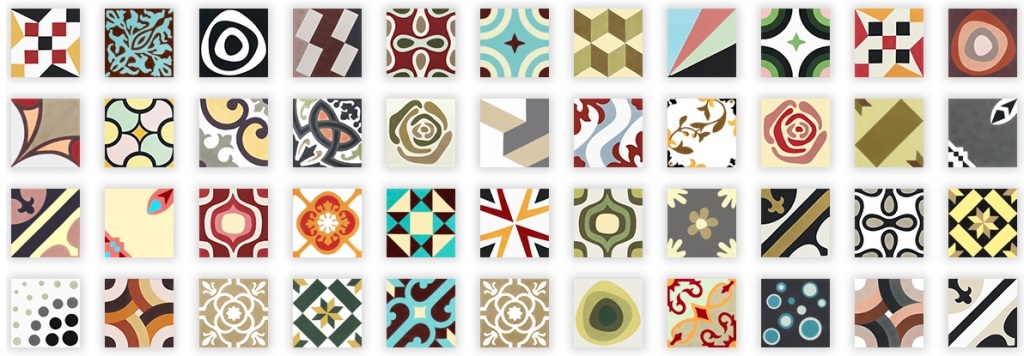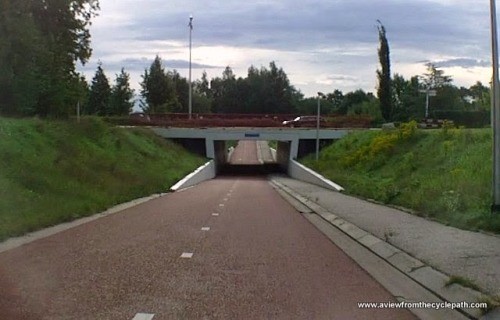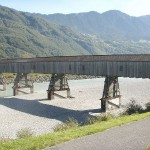The Culticycle is a pedal powered tractor that can cultivate, seed, spray, or pull gear for most low horsepower tasks. We talked about the first prototype almost two years ago. A new version has now been released, built around a modular tractor frame. Tim Cooke explains us how it’s built and how it works: [Read more…]
Pedal Powered Farming
Different Types of Windmill Sails
François Porcher has translated our 2009 article “Wind Powered Factories: History (and Future) of Industrial Windmills” (“Des fabriques mues par le vent: histoire (et avenir) des moulins à vent“) and sends us the image above to complement the illustrations. For a high-resolution image, go here. More articles have been translated to French and other languages.
Previously:
Building Dry Stack Stone Walls
You might take them for granted when you see one, but building dry stack stone walls is not for sissies: [Read more…]
Chimneyless Houses
“Early shelters were built of availale materials. Hides spread over poles or the bones and tusks of mammoths formed a type widely used. Stone and clay were common early building materials. Usually there was only a single room, with the fire located at the center of the living area. In many parts of the world this pattern changed little from the earlies times right up to the present. Smoke escaped from such dwellings as it could, through the low door or a smoke hole in the roof… The Scots developed a special word, snighe, for rain that worked its way through the roof sods and dripped down black with soot upon the people below.” [Read more…]
Hydraulic Tiles
Hydraulic mosaic is a decorative floor tile with carpet style patterns, made from pigmented cement. Invented halfway the nineteenth century in France, it was used mainly around the Mediterranean, in the Middle East, and in Central and South America. Hydraulic tile was a transition material between the pre-industrial and the industrial era, between craft processing and mass production.
Although their use diminished greatly since the 1960s — due to the arrival of cheaper mass-produced “terrazzo” tiles — hydraulic tiles are still made in the traditional way, both for the restauration of old buildings and to put them in new buildings.
Cycling: Why Tunnels are Better than Bridges
- Tunnels offer faster journeys than bridges due to less climbing. Steeper gradients can be used than with a bridge because cyclists going into a tunnel first ride downhill and pick up speed which can be used to climb back out of the tunnel.
- Tunnels have a smaller height difference than bridges. Only need clearance for the height of a cyclist, not for trucks or trains plus electric lines.
- Tunnels take up less space than a bridge because inclines are shorter.
- Tunnels are easier to fit into an existing landscape.
- Tunnels offer protection from wind and rain.
- A possible disadvantage is low social safety. It is important that cyclists can see out of a tunnel before they enter it. There should be no turns within the tunnel, no-where for a potential mugger to hide. Obviously tunnels should also be well lit.
Picture: All crossings in Assen [The Netherlands] can be used without slowing down. This is one of the many cycle and pedestrian crossings of a major road. Four metre wide cycle-path, separate pedestrian path, gentle inclines, well lit and we can see right through for good social safety. Built in the 1970s, well maintained: last resurfaced 2012.
Quoted from a blogpost at “A view from the cyclepath”, which discusses Dutch standards for cycling tunnels and bridges.
